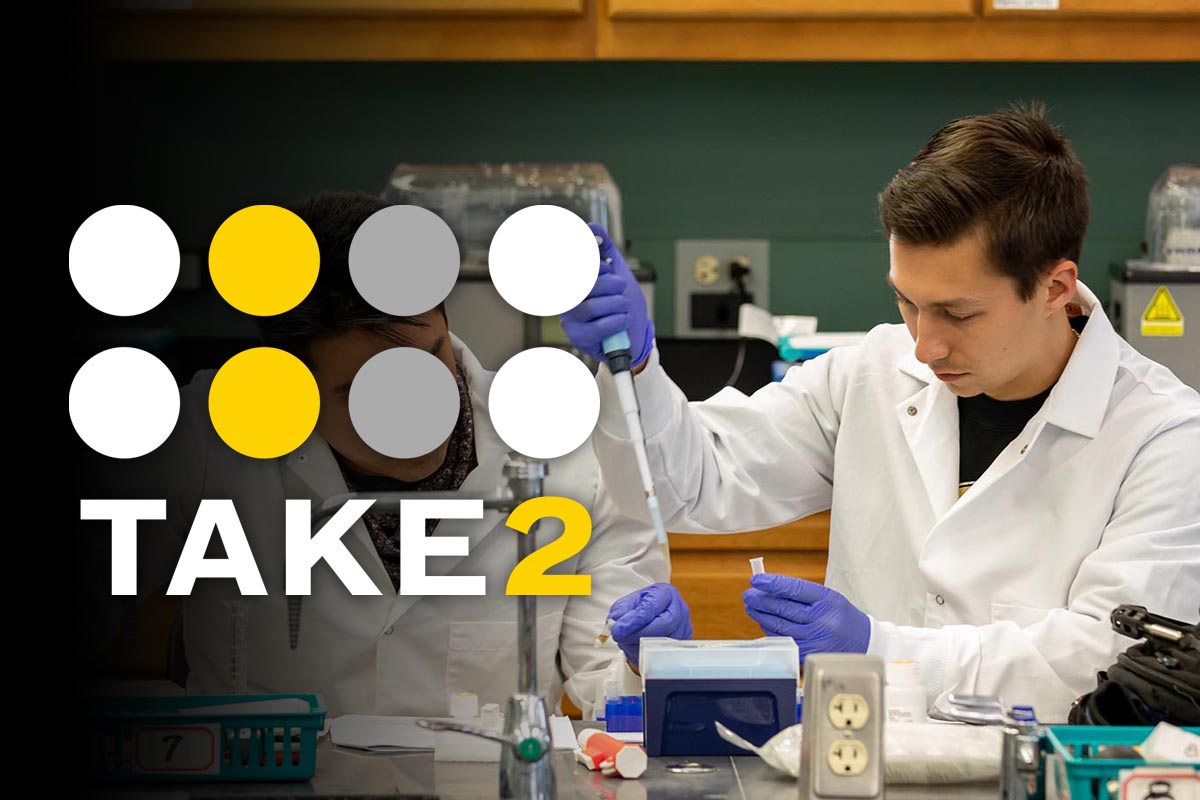Students exploring ways to improve digital notetaking technology for summer research
Randolph’s Summer Research Program is a competitive, paid program that gives students the chance to work closely with faculty members conducting research in their areas of interest. This story is part of an ongoing series featuring the work being done on campus this summer.
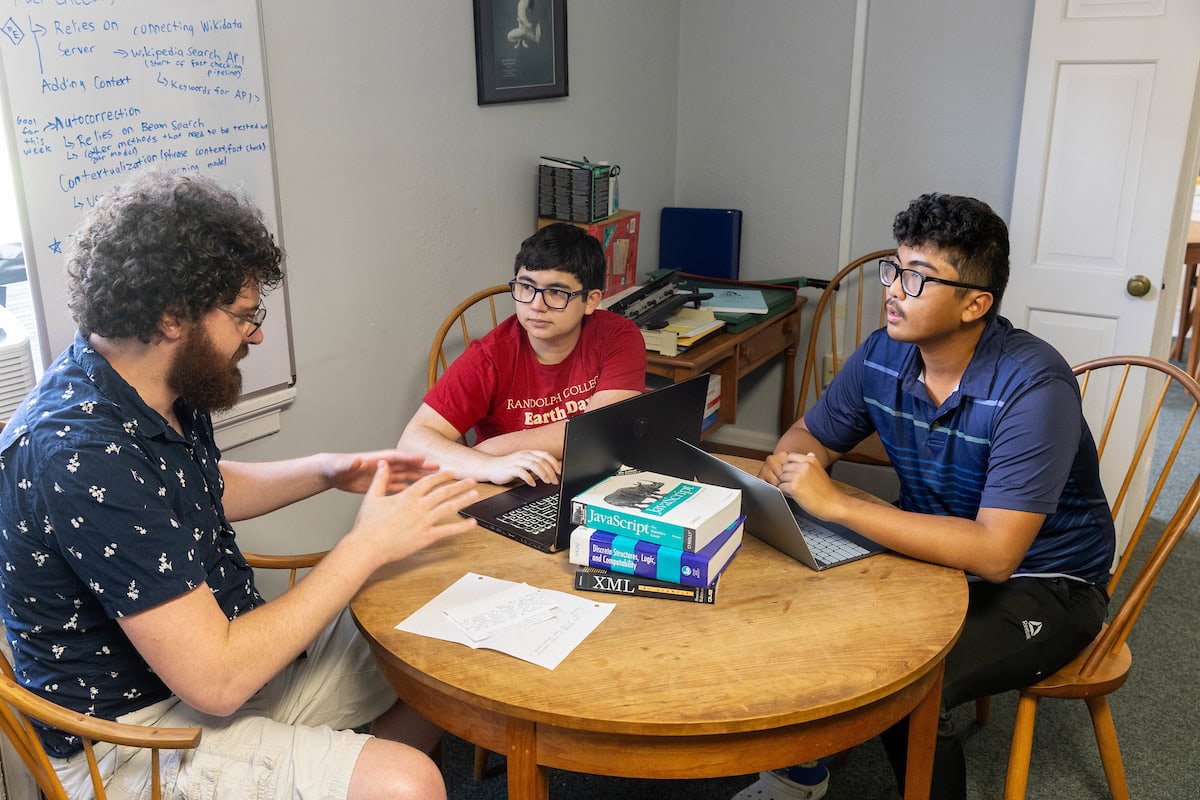
Brad Spendlove is working with Jason Farnsworth ’26 and Angelo de Asis ’26 as part of Randolph’s Summer Research Program.
Angelo de Asis ’26 takes notes differently based on the subject. He prefers typing them out during class but sometimes will write them by hand.
“When it comes to mathematics, where most of my courses are, writing out my thoughts onto paper helps me understand the material,” said de Asis, a computer science and mathematics major. “There’s also a sense of muscle memory when it comes to needing to recall the information.”
He is a fast writer, but not always a neat one, which presents problems when it comes time to digitize those notes using a technology called Optical Character Recognition, or OCR.
“You take a picture of handwritten notes and the hope is that the application reads them and then transcribes them in a digital way,” computer science major Jason Farnsworth ’26 explained. “So you end up with a text file of the words you have written out.”
But the technology is not foolproof and sometimes struggles to recognize and accurately transcribe hastily written and organized pages of notes.
“This led me to think about an application that could not only analyze and output notes onto a digital format, but possibly autocorrect them,” de Asis said. “I understood there were apps that did this already, but I wanted to have the program not only be able to read and decipher writing, but use contextualization to hopefully improve the way our notes were taken or help fix incorrect information.”
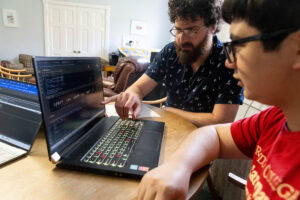
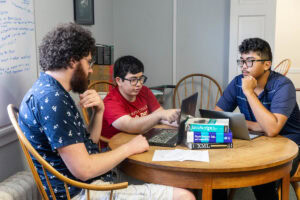
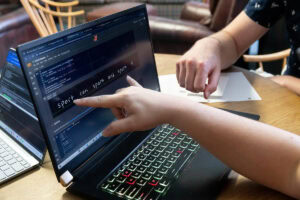
He pitched the idea as a potential Summer Research Program project to Farnsworth and computer science professor Brad Spendlove, who both jumped on board.
“There are studies that show handwritten notes help increase retention of material and reduce distraction,” Spendlove said. “But, of course, there are lots of reasons why people want typed notes. You can store them, search them, and transmit them. That’s really the big idea of this project. We’d like to bring them together—take handwritten notes, but then have accurate transcription so you can have the benefit of digital notes too.”
Their approach is to combine OCR tools that already exist into one pipeline.
“It’s nice because we don’t have to write all of this from scratch,” Spendlove said. “We can stand on the shoulders of giants, as they say. But we’re still getting novel outcomes because of the way we’re putting it together. If you take a picture and do a transcription with an existing baseline OCR model, we want to show that our pipeline improves on it. That it is more accurate or can make corrections.”
Tags: Brad Spendlove, computer science, computer science and math, faculty student research, research, Science Matters, SRP 2024, student faculty research, summer research, summer research 2024